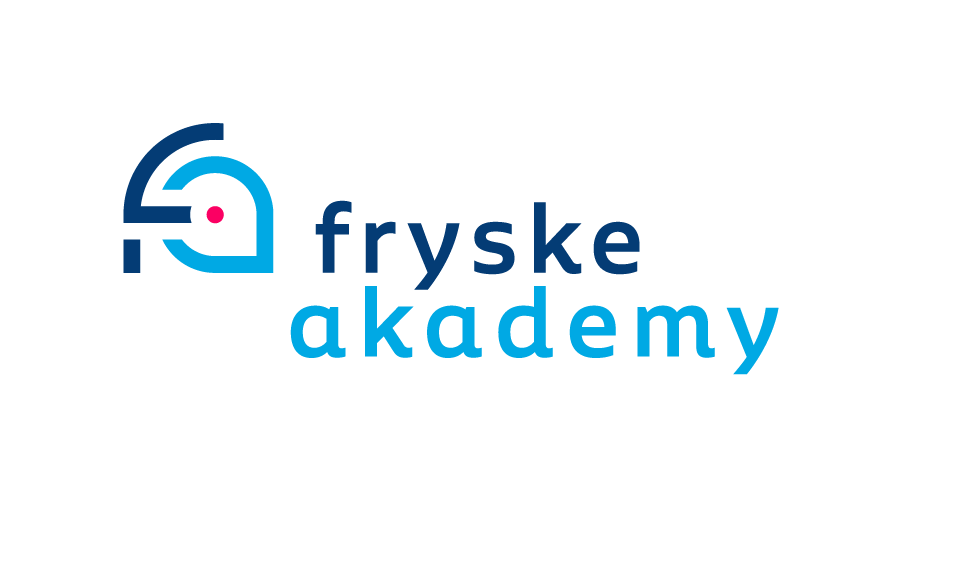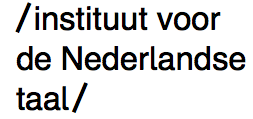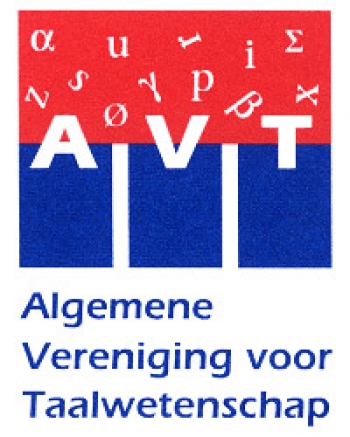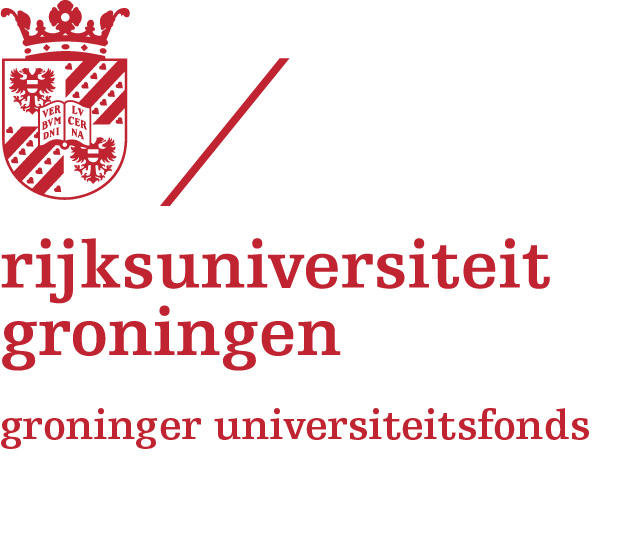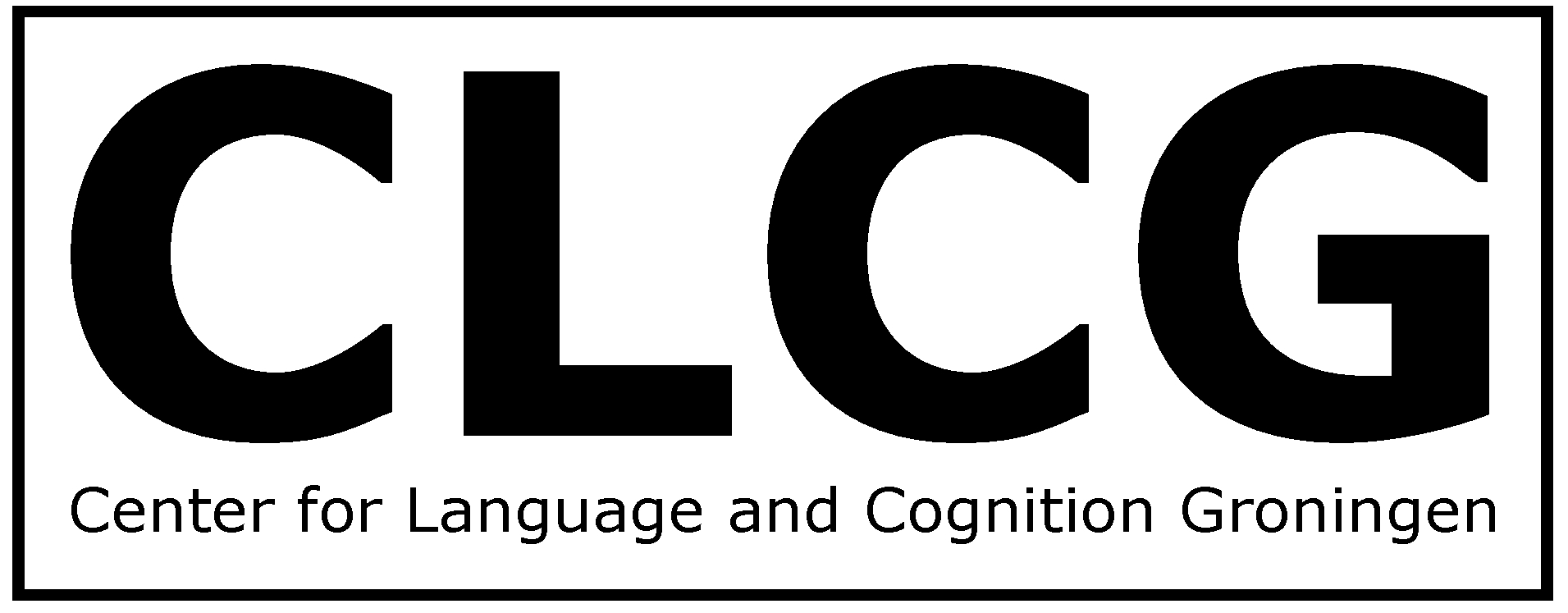
Keynote Speakers
We are proud to welcome the following keynote speakers to the 45th TABU Dag in June 2025:
- Jane Setter (University of Reading)
- Massimo Stella (University of Trento)
- Katja Haeuser (Saarland University)
- Peter Muntigl (Ghent University)
You can read their bio and an abstract of their talk below:
Jane Setter
University of Reading
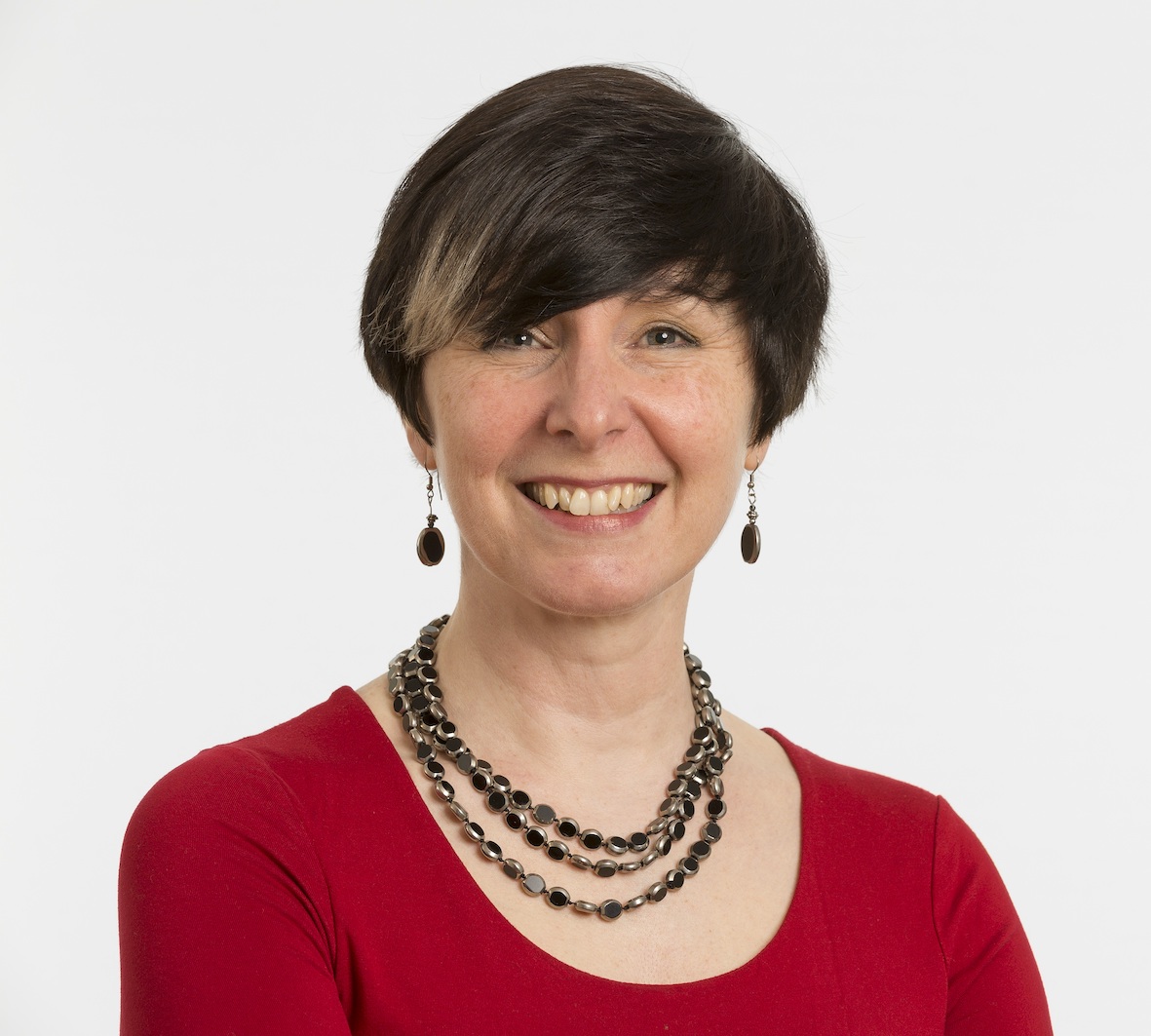 Jane Setter is Professor of Phonetics at the University of Reading, UK. Probably best known as co-editor of the Cambridge English Pronouncing Dictionary (CUP 2011), she is also the author of the public-facing Your Voice Speaks Volumes: It’s not what you say but how you say it (OUP 2019), co-author of Hong Kong English (EUP 2010), and co-editor of The Cambridge Handbook of Phonetics (CUP 2022) and the upcoming Oxford Handbook of Language and Prejudice (OUP forthcoming), among others. Her research publications are mainly in speech prosody, investigating pronunciation and phonology in Global Englishes and in children with speech and language differences. Jane is a National Teaching Fellow of UK Advance HE and an advocate of public engagement with research and working in partnership with students.
Jane Setter is Professor of Phonetics at the University of Reading, UK. Probably best known as co-editor of the Cambridge English Pronouncing Dictionary (CUP 2011), she is also the author of the public-facing Your Voice Speaks Volumes: It’s not what you say but how you say it (OUP 2019), co-author of Hong Kong English (EUP 2010), and co-editor of The Cambridge Handbook of Phonetics (CUP 2022) and the upcoming Oxford Handbook of Language and Prejudice (OUP forthcoming), among others. Her research publications are mainly in speech prosody, investigating pronunciation and phonology in Global Englishes and in children with speech and language differences. Jane is a National Teaching Fellow of UK Advance HE and an advocate of public engagement with research and working in partnership with students.
Abstract
"Shrill and hectoring": women's voices in popular culture and academic research
Discrimination on grounds of gender is something most people are familiar with as a concept. What may be less well understood is how women, both cis-gender and trans-gender, face criticism and prejudice daily for the way they speak. Focusing on voice quality, uptalk, and pitch range, this presentation examines the relationship between the voice and gender discrimination in popular culture and academic research. After considering the historical backdrop, in which cis-gender, male voices were taken as default in research, and pointing to media examples where the voice operates as a site for gender bias, my colleagues and I consider the extent to which research in phonetics and adjacent fields reinforces popular misconceptions, and how useful it is for combatting voice-related gender prejudice. Pointing to promising examples of research on women’s voices as well as gay, gender non-conforming and transgender voices, the talk concludes by suggesting that research in this area be communicated to wider audiences to inform professional practices.Massimo Stella
University of Trento
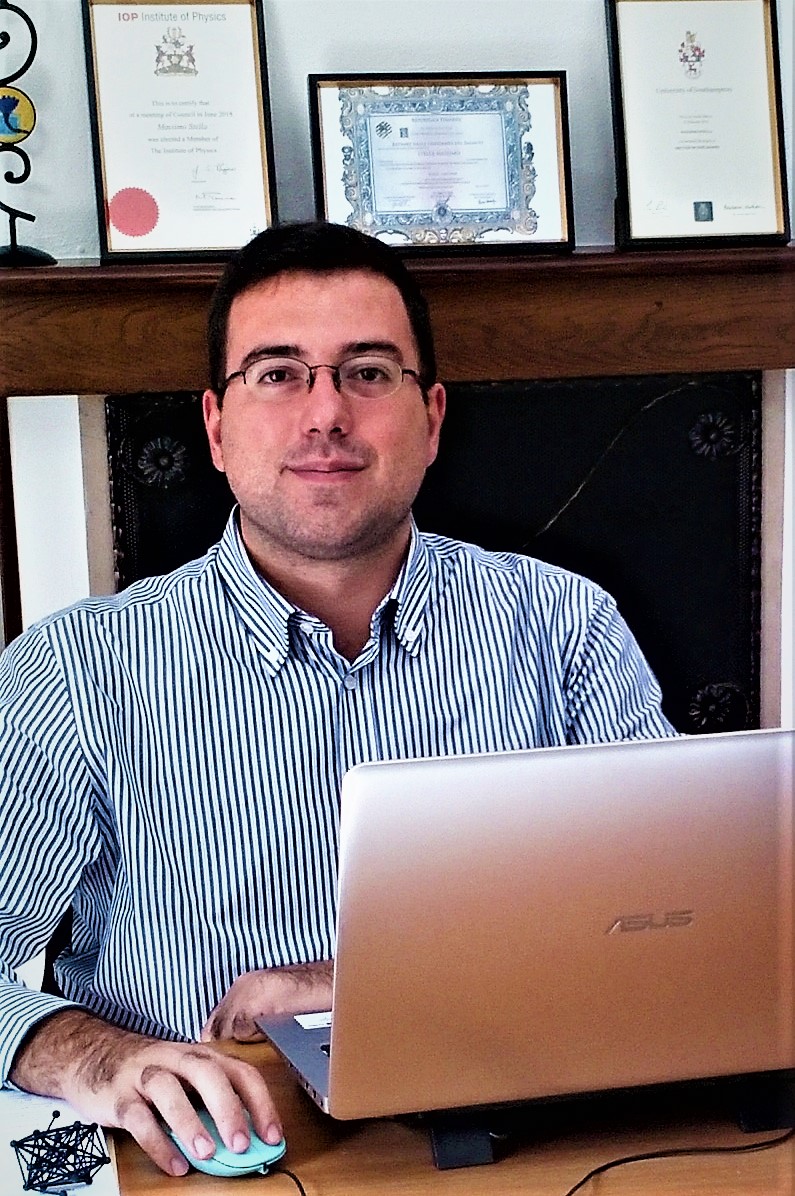 Massimo Stella is Senior Researcher and Professore su Chiamata Diretta dall’Estero at the Department for Psychology and Cognitive Science, University of Trento, Italy. PI of CogNosco Lab, he published more than 80 papers and his research interests include cognitive data science, complex networks and AI psychometrics.
Fellow of the Psychonomic Society, he was recently awarded a 1.3 mil. FIS Starting Grant from the Italian Ministry of Research for investigating the psychological implications of human-LLM interactions.
Massimo Stella is Senior Researcher and Professore su Chiamata Diretta dall’Estero at the Department for Psychology and Cognitive Science, University of Trento, Italy. PI of CogNosco Lab, he published more than 80 papers and his research interests include cognitive data science, complex networks and AI psychometrics.
Fellow of the Psychonomic Society, he was recently awarded a 1.3 mil. FIS Starting Grant from the Italian Ministry of Research for investigating the psychological implications of human-LLM interactions.
Abstract
Multilayer cognitive networks as models of conceptual knowledge in humans and LLMs
Cognitive network science is a powerful mathematical and computational framework – distinct from artificial neural networks – for investigating the organisation of mental representations of conceptual knowledge. These representations are structured and involved in several cognitive phenomena relative to language acquisition, storage and processing. Understanding the structure of conceptual relationships, e.g. synonyms, memory recalls, phonological similarities, can shed light not only on cognitive phenomena where language is key but also on social phenomena where language enables communication. This seminar focuses on recent advances in: (i) investigating together interactive aspects of conceptual knowledge via multilayer cognitive networks built from behavioural and/or textual data, and (ii) exploring how cognitive networks can be used to reconstruct and understand biased perceptions in online social media and in Large Language Models (LLMs).Katja Haeuser
Saarland University
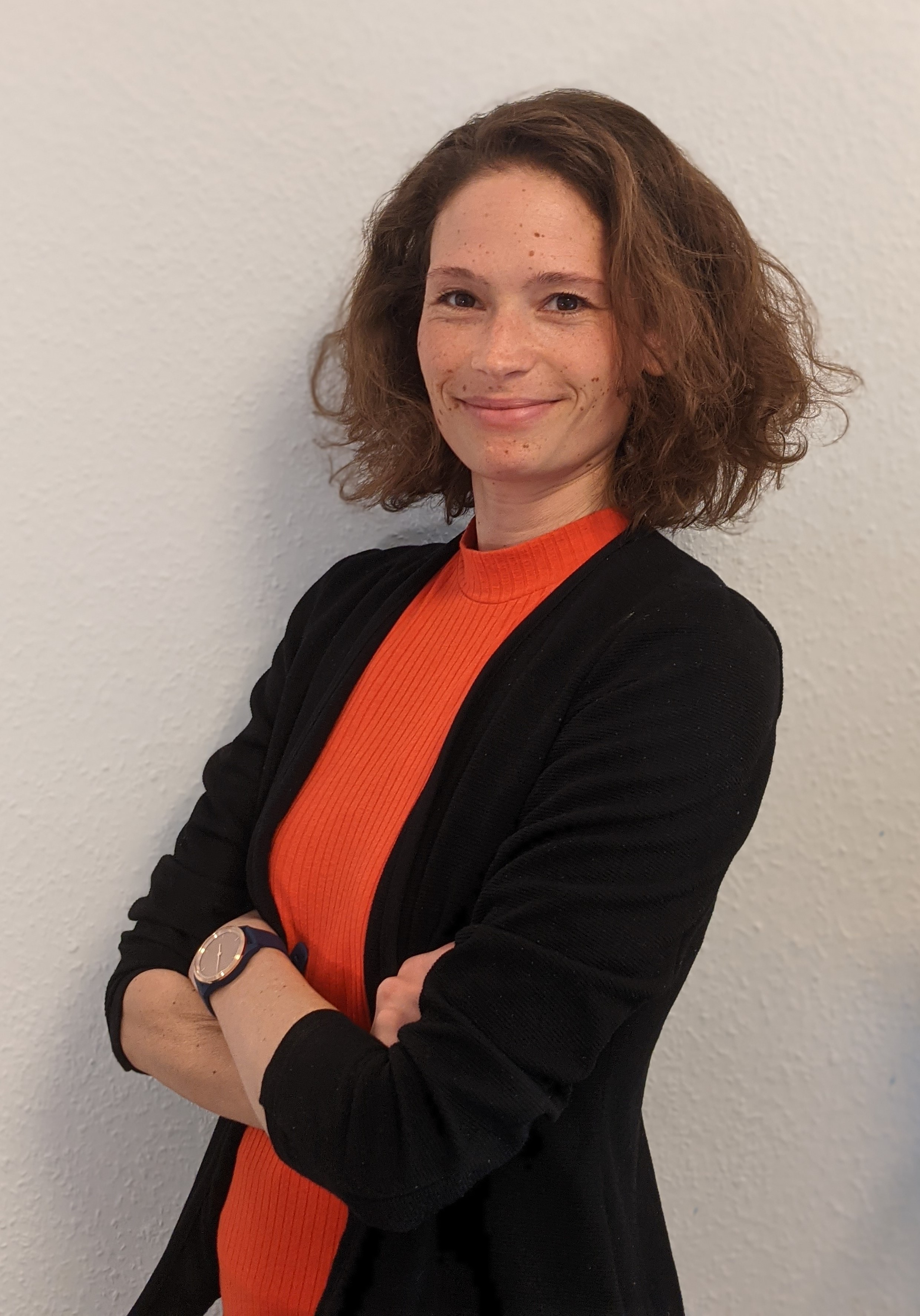 Katja Haeuser is a faculty member in the Department of Psychology at Saarland University, Germany. She obtained her Master’s degree in Speech-Language Pathology from Marburg University in 2010 and completed her PhD at McGill University in 2015 with a dissertation on The neurocognitive bases of idiom processing, supervised by Debra Titone (Psychology) and Shari Baum (Communication Sciences and Disorders). Following a postdoctoral fellowship with Vera Demberg at the Department of Computational Linguistics at Saarland University, she secured a permanent position in the Psychology department in 2018. She is a Principal Investigator in the Collaborative Research Center 1120, leading the project The Role of Language Experience and Surprisal in Learning and Memory. Her research focuses on predictive language processing, the comprehension of idiomatic expressions and metaphors, and individual differences in language processing across the lifespan. Her current projects investigate the adaptiveness of linguistic prediction and its effects on memory formation.
Katja Haeuser is a faculty member in the Department of Psychology at Saarland University, Germany. She obtained her Master’s degree in Speech-Language Pathology from Marburg University in 2010 and completed her PhD at McGill University in 2015 with a dissertation on The neurocognitive bases of idiom processing, supervised by Debra Titone (Psychology) and Shari Baum (Communication Sciences and Disorders). Following a postdoctoral fellowship with Vera Demberg at the Department of Computational Linguistics at Saarland University, she secured a permanent position in the Psychology department in 2018. She is a Principal Investigator in the Collaborative Research Center 1120, leading the project The Role of Language Experience and Surprisal in Learning and Memory. Her research focuses on predictive language processing, the comprehension of idiomatic expressions and metaphors, and individual differences in language processing across the lifespan. Her current projects investigate the adaptiveness of linguistic prediction and its effects on memory formation.
Abstract
Humans rely on prediction to navigate the world. In fact, our human brains are essentially prediction machines that constantly compare and evaluate new incoming information against internalized representations of the world (called schemas). A unique human trait that also capitalizes on prediction is language processing. For example, most people would complete a sentence such as “Bavaria is known for making excellent ...” with the word “beer”, whereas other completions such as "pretzels" or "sausages" (even though they are plausible) seem far less likely. But what precisely is it that we predict when we predict? Do we primarily predict broad semantic features of upcoming input, or do we predict entire word forms? Which individual differences and development trajectories modulate our capacity to engage in prediction? And how does predictive language processing aid memory formation? Are there conditions when prediction is actually "bad" for memory?In this keynote, I will present past and ongoing work in my lab that has investigated these questions. I will begin by exploring how the comprehension of idiomatic expressions (a special type of predictable language) changes during old age, and whether our ability to understand idioms in context is modulated by domain-general cognitive functions such as inhibitory control. I will then present a spotlight account of prediction that relates developmental changes in predictive processing to capacity limitations in children and older adults. I will conclude with my most recent work on the prediction-memory interface. In this work, I show that both prediction error and schema congruency impact memory formation independently from one another, and that prediction sometimes has unexpected side effects on memory - false remembering.
Peter Muntigl
Ghent University
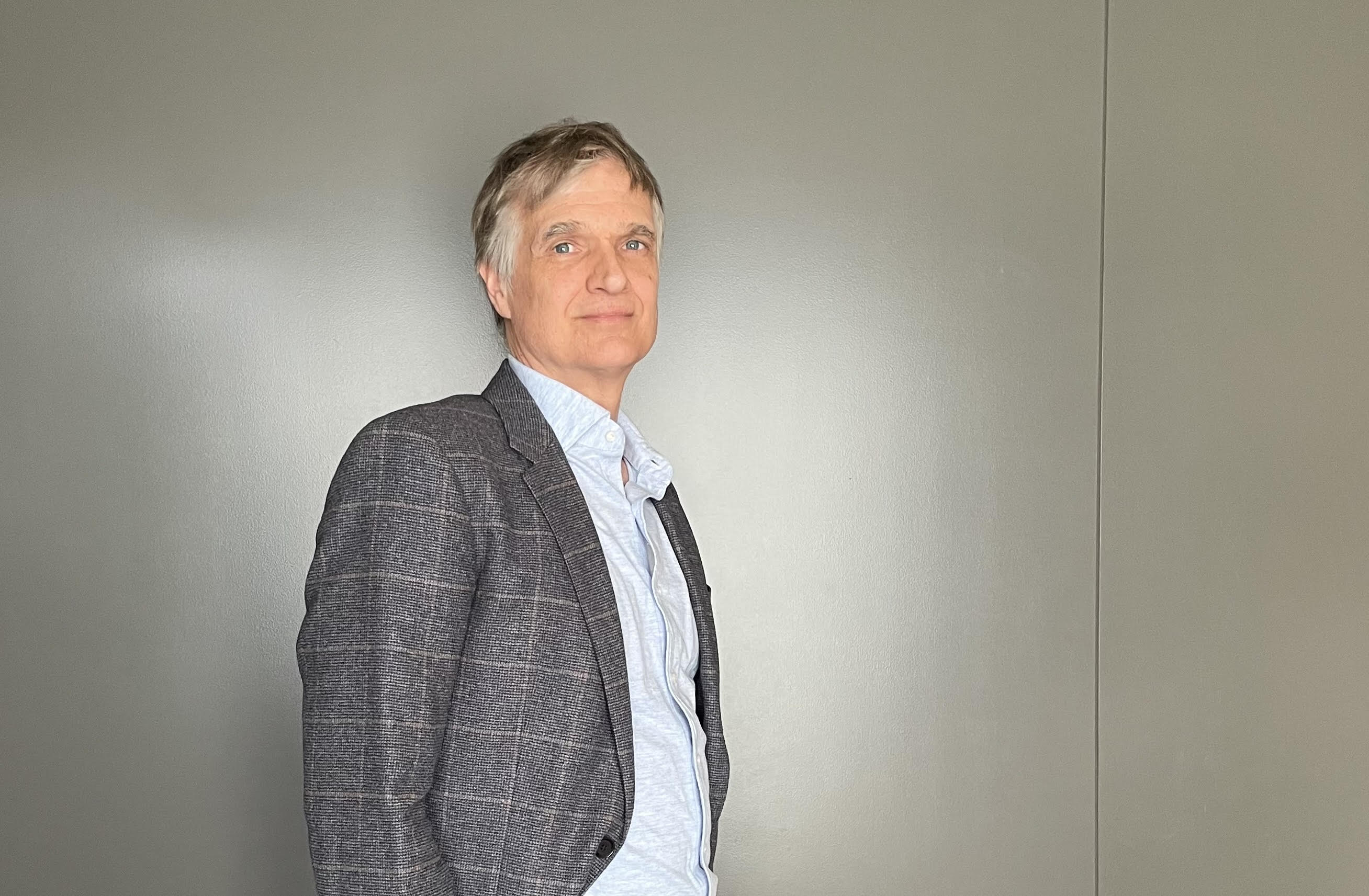 Peter Muntigl is a researcher at Ghent University and an adjunct professor at Simon Fraser
University (Canada). Peter obtained his PhD in Linguistics (Simon Fraser University) and later
received his habilitation in English and applied linguistics (Salzburg University). He draws from
the methods of conversation analysis to explore the following research domains: Health care
communication (psychotherapy/ communication disorders / clinician-patient consultations);
Conflict talk; and how social relationships are interactionally managed.
Over the years, his
research has received SSHRC funding to investigate how the “talking cure” in psychotherapy
and family therapy is interactionally accomplished. In recent years, he has begun to examine
interpreter-mediated psychotherapy conversations in different migrant populations. His recent
publications include a monograph entitled Interaction in Psychotherapy (2024; Cambridge
University Press) and two co-edited volumes: Dementia and Language (2024; Cambridge
University Press) and The Routledge International Handbook of Postmodern Therapies (2025;
Routledge).
Peter Muntigl is a researcher at Ghent University and an adjunct professor at Simon Fraser
University (Canada). Peter obtained his PhD in Linguistics (Simon Fraser University) and later
received his habilitation in English and applied linguistics (Salzburg University). He draws from
the methods of conversation analysis to explore the following research domains: Health care
communication (psychotherapy/ communication disorders / clinician-patient consultations);
Conflict talk; and how social relationships are interactionally managed.
Over the years, his
research has received SSHRC funding to investigate how the “talking cure” in psychotherapy
and family therapy is interactionally accomplished. In recent years, he has begun to examine
interpreter-mediated psychotherapy conversations in different migrant populations. His recent
publications include a monograph entitled Interaction in Psychotherapy (2024; Cambridge
University Press) and two co-edited volumes: Dementia and Language (2024; Cambridge
University Press) and The Routledge International Handbook of Postmodern Therapies (2025;
Routledge).
Abstract
Communicative abilities and deficits in ‘atypical’ populations: A view from conversation analysis
Perspectives on mental and neuropsychological health tend to be dominated by what has been traditionally called a biomedical model. This model aligns with an intrapersonal, cognitive view of mental/neuropsychological illness that is rooted in atypical, maladaptive or neurodegenerative brain and cognitive functioning. The focus tends to be on persons’ deficits: what they no longer can do or what they do in a maladaptive way. A competing model, which arose from the ‘discursive turn’ in many academic disciplines, offers an alternative, interpersonal and interactional-based perspective. In this model, there is a shift from the individual to the social-relational and from deficits to persons’ communicative competencies or skills. In this presentation, I draw from my own research that has examined naturally occurring conversations involving persons with dementia. Adopting the lens of conversation analysis, I show examples of real-life interactions that challenge the binary notions of “normal” vs. “abnormal” and “deficit” vs. “skill”. It is argued that an analytic view that attempts to capture both sides of the spectrum (deficit and skill) can provide a more nuanced account of the interactional complexities of the social encounter. Further, deviation from what is normal (atypical) does not necessarily equate with failure or deficit but may point to real world challenges that require practical solutions. 2025
2025


